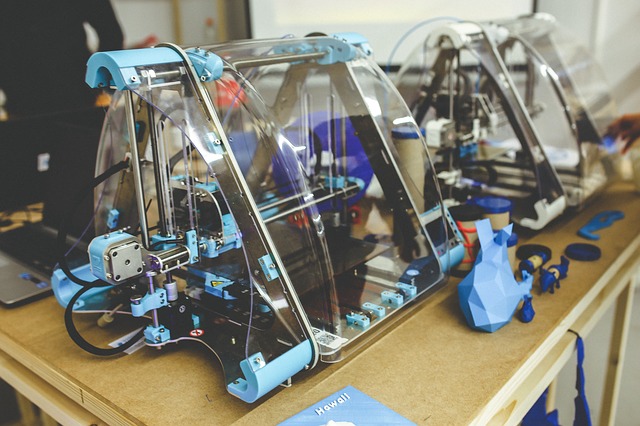7 Ways Technology Can Advance Product Development
Image by Karolina Grabowska from Pixabay
The use of technology in every aspect of life is evident. Technology is used in everything from our cars to food production and so much more. Technology has allowed enhancements to product development that can reduce the time it takes for a product to hit the market by years. Because of advances in food science, there are certain proportions of preservatives that are known to offer a specific shelf life of products. The use of robotics means that products can get built more quickly and with less risk of injury to humans. These are just examples of how technology advances product development.
Test Different Reactions Virtually First
The process of developing new materials and using them in a product is lengthy. Educated trial and error is a critical part of the process and takes a long time. It can take years for a new item to go from the idea stage, through research and development, and then into the final stages of production. And when you need materials with specific properties, this can take even more time. Using tools like chemical process technology that allows you to visualize reactions without needing to focus on the coding, you can shorten the time it takes to find viable solutions. Once you narrow down options using technology, you can test those in real life instead of needing to go through countless iterations.
AI Enhanced Quality Control
The idea of using AI in every aspect of life sounds like something out of a sci-fi movie. But AI has many industrial applications, including in quality control. AI programs can be used to intuitively detect problems and fix them without needing any additional human input. They can send reports for people to review.
AI Enhanced Design
Sometimes finding the optimal design for a product requires a lot of trial and error. By leveraging AI, they can account more easily for constraints in the initial product design. This makes it possible to create fewer iterations before the final products are released. These smart designs can help you optimize the number of materials used, the strength of the final product, and even the longevity.
3D Printing
Can you believe it’s possible to 3D print anything from tiny components to very large buildings? 3D printing has allowed product developers to create new products much more quickly than before. Instead of needing to create a new mold for every iteration of a product, tweaks can be made in the programming to produce a new item. You can do this as many times as you need to until it’s just what you need. Imagine if you could produce a diamond using 3D printing instead of the current techniques.
Food Production
Scientists are working on ways to develop 3D printed foods that can provide greater nutrition than our current food provides. By using technology in food production, you can decrease food shortages caused by natural disasters and other problems. In some parts of the world, it’s now possible to grow food with very little water because of the advances in food science and food production. Technology seeks to further advance this area of study and industry.
Technology Helps Discover Demand
Let’s say there is a product, but the demand for it is in a very unique and small subset of the population. You can use technology not only to produce small batches of this product or on demand, but you can also use it to determine exactly what the demand is for the product. This will produce less waste and ensure that the people who want and need the product have access to it. With a more on-demand style of product creation, it’ll reduce company waste as well.
Technology Speeds up Testing
Want to know if your new product can handle high wind speeds, or high heat? Technology can help. By testing using technology to create models, you can not only speed up testing, but improve the quality of it as well.
With all these ways to use technology in product development, it’s clear that companies who are still using older methodologies are going to fall behind. Technology improves the accuracy and speed of product development to ensure that the final product meets all the parameters necessary, that it works as intended, and that it has an appropriate shelf life.

